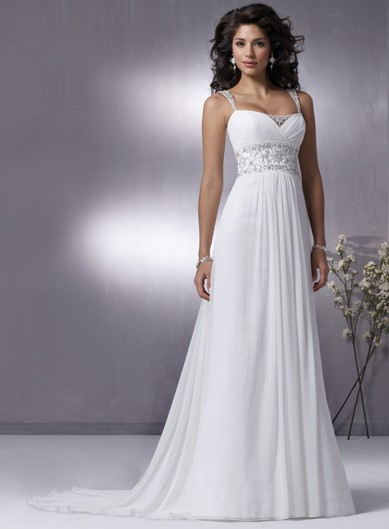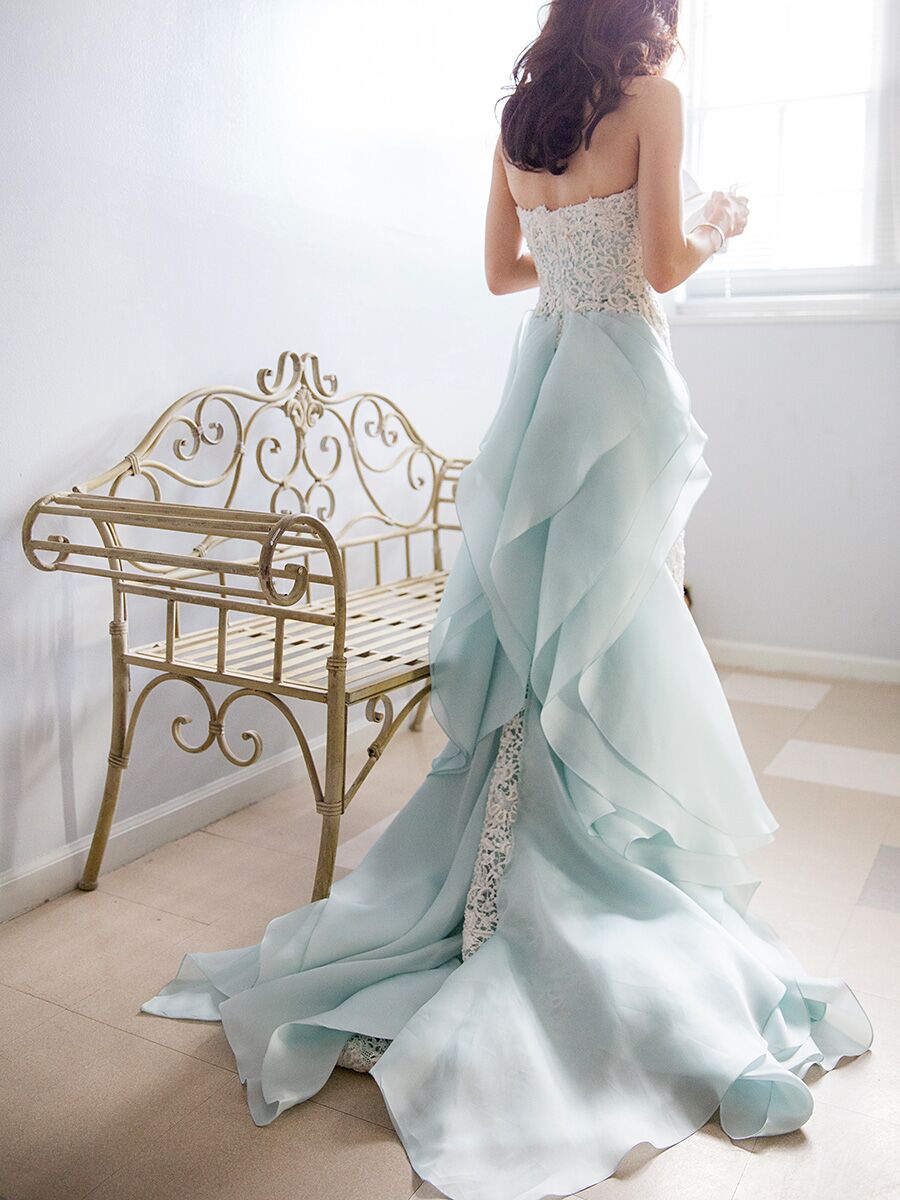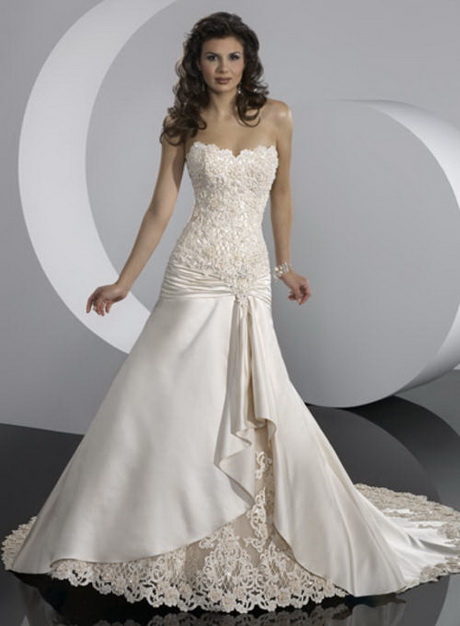According to a recent poll the average cost of a wedding gown across
Table of Contents
Table of Contents
In the world of wedding planning, there are countless things to worry about - from finding the perfect venue to choosing the right menu. However, one of the most stressful aspects of planning a wedding can be finding the right dress, and then having to pay additional costs for alterations. In this blog post, we will delve into the topic of average cost of wedding dress alterations and explore how to navigate this additional expense.
Pain Points
Let’s face it - wedding dress shopping can be overwhelming, and the additional cost of alterations can be a source of stress. After all, many brides-to-be are already stretching their budget to accommodate the cost of a wedding gown, and the thought of an additional expense can be daunting. Additionally, many brides may not know what to expect when it comes to alterations, which can add to their anxiety.
Average Cost of Wedding Dress Alterations
So, what is the average cost of wedding dress alterations? The answer is that it varies widely depending on many factors. According to data collected by Josabi Mariées, the average cost of alterations for a wedding dress can range from $50 to $800, with most brides spending around $250. However, this will depend on the amount of work needed, the complexity of the alterations, and the location of the tailor.
Main Points
So, to summarize: wedding dress alterations can be a source of stress and anxiety for many brides-to-be. However, it’s important to know that the average cost of wedding dress alterations ranges from $50 to $800, with most brides spending around $250. This will depend on several factors, including the amount of work needed and the location of the tailor.
My Personal Experience
As someone who recently went through the process of wedding dress shopping and alterations, I can definitely say that it can be overwhelming. I was initially shocked by the cost of alterations, especially since I had already spent a lot of money on the dress itself. However, I found that doing my research and finding a reputable tailor was key to making the process as stress-free as possible. I also learned that it’s important to be clear during the initial fitting about exactly what alterations you want - this can prevent any surprises down the line.
Tips for Finding a Reputable Tailor
If you’re feeling anxious about finding the right tailor for your wedding dress alterations, here are a few tips:
 - Do your research: Look up reviews online and ask for recommendations from friends or family members who have gone through the process.
- Do your research: Look up reviews online and ask for recommendations from friends or family members who have gone through the process.
- Ask questions: Be clear about what alterations you want and ask the tailor any questions you may have about the process.
- Trust your gut: If something feels off about the tailor or their process, don’t be afraid to look elsewhere.
Additional Considerations
When it comes to wedding dress alterations, there are a few additional considerations to keep in mind. For example:
 ### The Timing of Alterations
### The Timing of Alterations
It’s important to time your alterations correctly - you don’t want to have them done too early, as your body may change before the wedding day, but you also don’t want to have them done too close to the wedding, as this could cause stress and anxiety. Aim to have your final fitting around 4-6 weeks before the wedding day.
The Importance of a Good Fit
Remember, the whole point of wedding dress alterations is to ensure that your dress fits you perfectly on your big day. A well-fitted dress can make you feel confident and beautiful, while an ill-fitting dress can be a source of stress and discomfort. Therefore, it’s important to invest in alterations to ensure that your dress is just right.
Question and Answer
Q: Can I save money by doing alterations myself?
A: While it may be tempting to try to save money by doing alterations yourself, we don’t recommend it. Wedding dress alterations require a high level of skill and expertise, and it’s important to trust a professional to ensure that your dress fits you perfectly. Additionally, any mistakes you make during alterations could end up costing you more money in the long run.
Q: How do I find a tailor near me?
A: A simple Google search or asking for recommendations from friends or family members is a great place to start. You can also look up reviews online to find a reputable tailor in your area.
Q: When should I schedule my first fitting?
A: We recommend scheduling your first fitting around 2-3 months before your wedding date. This will give you plenty of time for any necessary alterations.
Q: What if I lose weight after my final fitting?
A: If you lose a significant amount of weight after your final fitting, it may be necessary to have additional alterations done. However, it’s important to try to maintain your weight as much as possible in the weeks leading up to the wedding to avoid any last-minute alterations.
Conclusion of Average Cost of Wedding Dress Alterations
In conclusion, the average cost of wedding dress alterations varies widely depending on several factors. However, by doing your research, finding a reputable tailor, and timing your alterations correctly, you can ensure that the process is as stress-free and seamless as possible. Remember, investing in alterations is an investment in yourself and your wedding day, so don’t be afraid to make the necessary alterations to ensure that your dress fits you perfectly.
Gallery
How Much Do Wedding Dress Alterations Cost? — Josabi Mariées
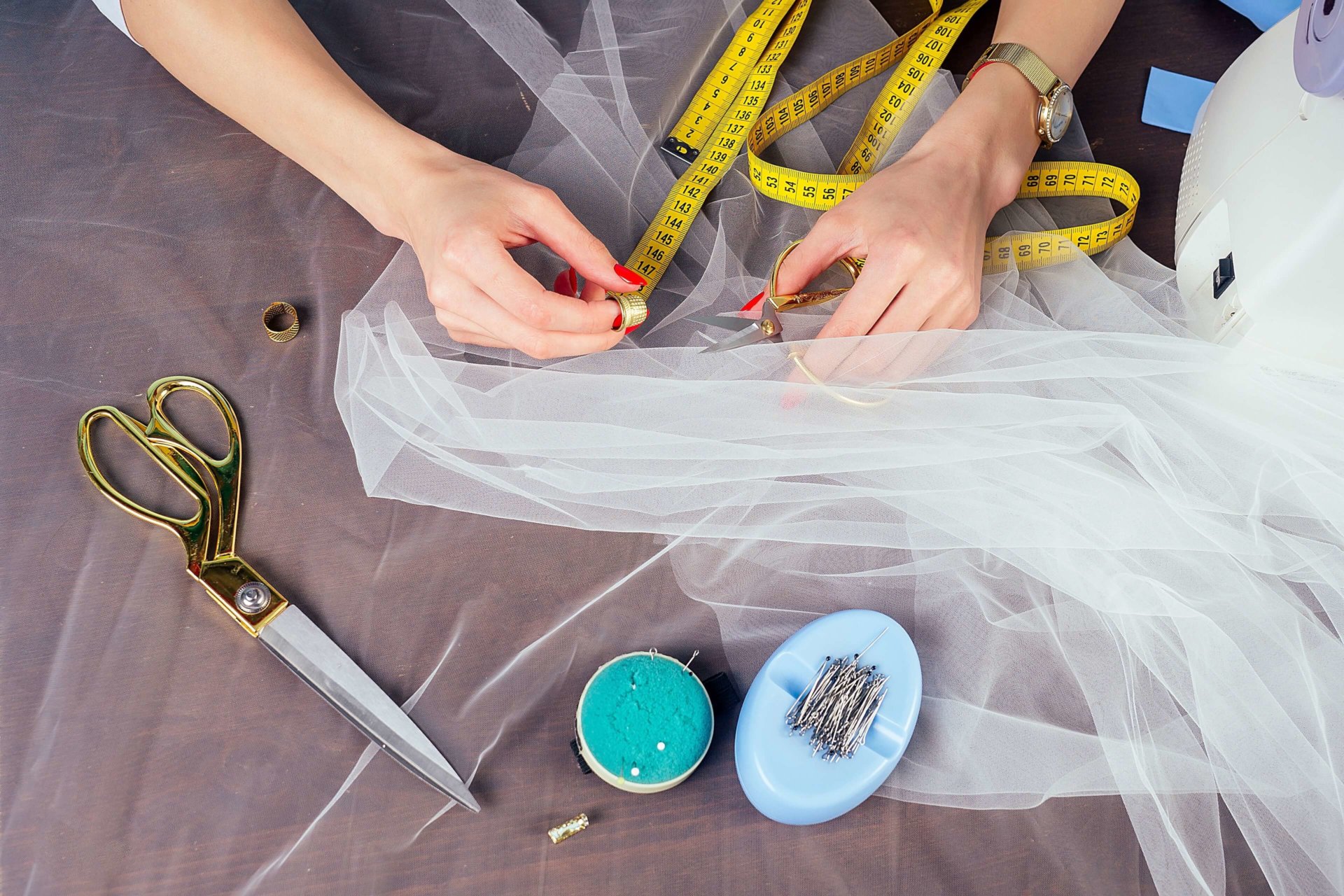
Photo Credit by: bing.com /
How Much Do Wedding Dress Alterations Cost? — Josabi Mariées
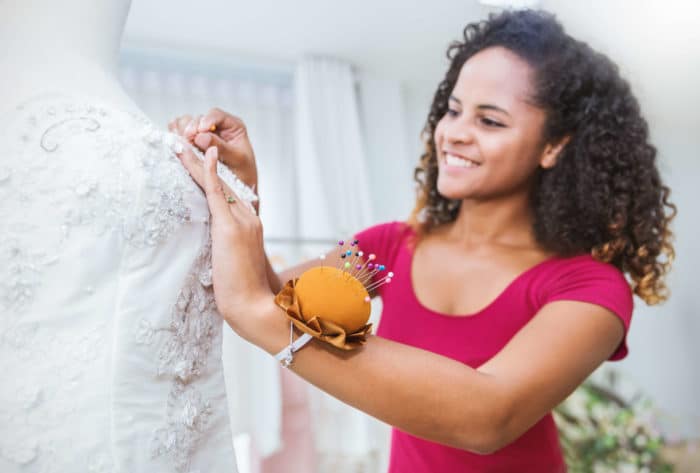
Photo Credit by: bing.com /
Average Cost Of Wedding Dress Alterations Wedding Dress Tailoring

Photo Credit by: bing.com /
According To A Recent Poll The Average Cost Of A Wedding Gown Across

Photo Credit by: bing.com /
Pin On Wedding Ideas

Photo Credit by: bing.com / wedding cost average much weddings costs budget does knot statistics dj planning planner breakdown infographic photography photographer industry spent cake

